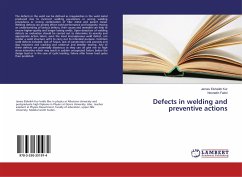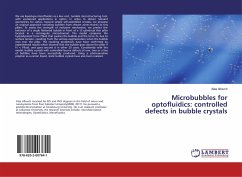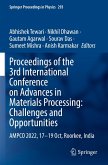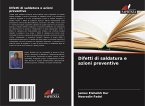The defects in the weld can be defined as irregularities in the weld metal produced due to incorrect welding parameters or wrong welding procedures or wrong combination of filler metal and parent metal. Welding defects can greatly affect weld performance and longevity. Having an understanding of various defects, their causes and remedies can help to ensure higher-quality and longer lasting welds. Upon detection of welding defects an evaluation should be carried out to determine its severity and appropriate action taken, even the most inconspicuous weld defect, can render a weld structure unfit to carry out its intended purpose. Common weld defects included: lack of fusion, lack of penetration and porosity and slag inclusions and cracking and undercut and lamellar tearing. Any of these defects are potentially disastrous as they can all give rise to high stress intensities which may result in sudden unexpected failure below the design load or in the case of cyclic loading, failure after fewer load cycles than predicted.
Bitte wählen Sie Ihr Anliegen aus.
Rechnungen
Retourenschein anfordern
Bestellstatus
Storno








